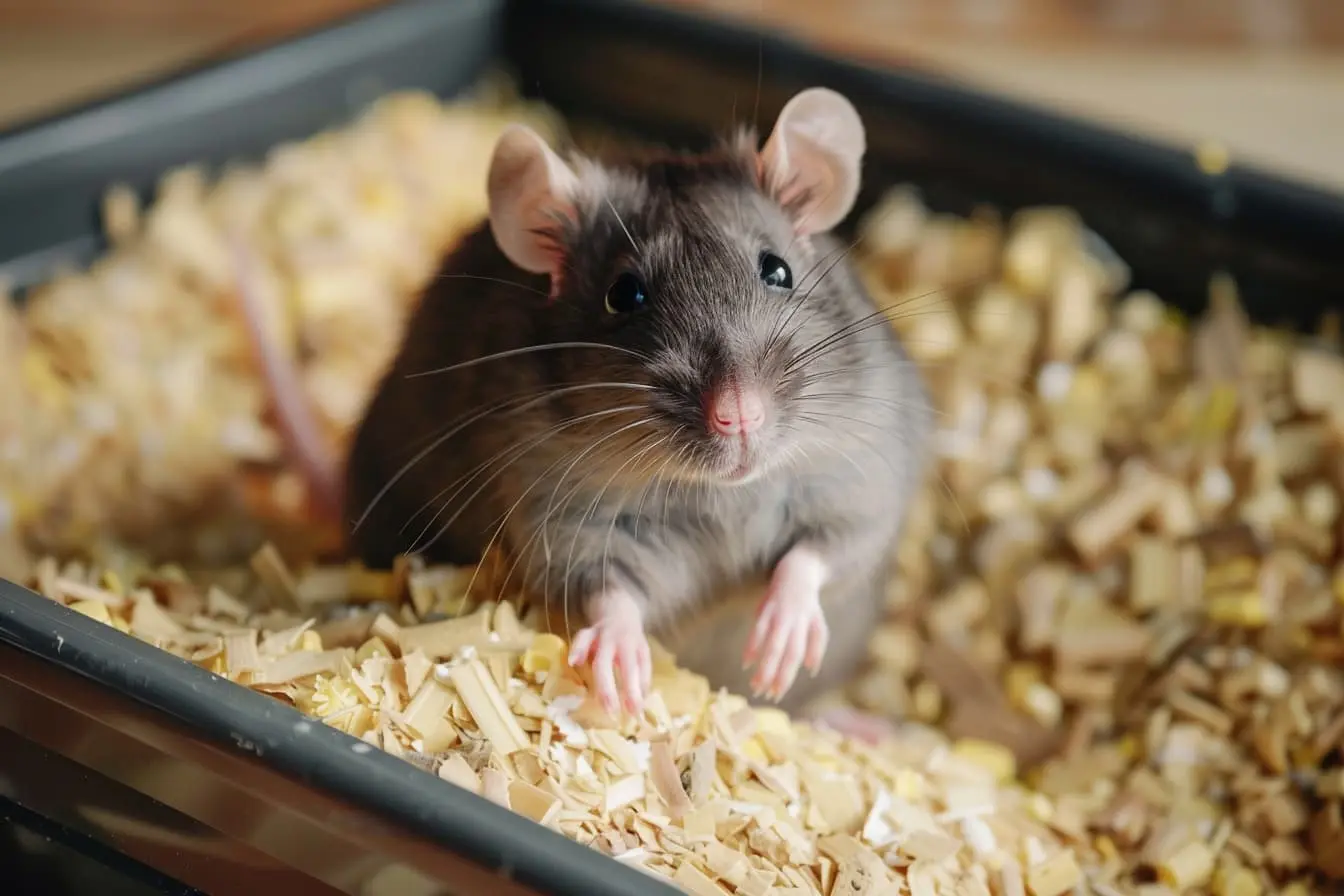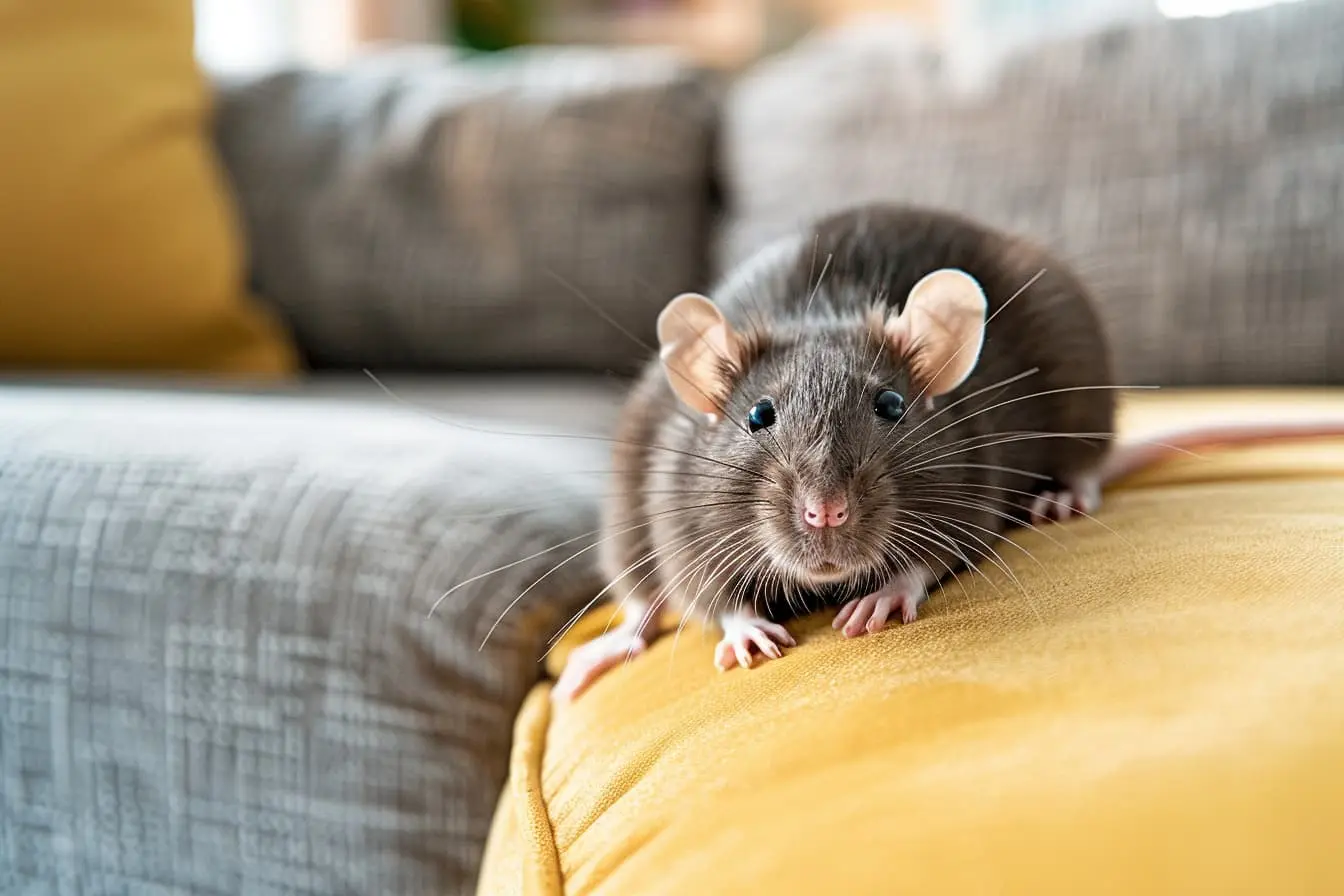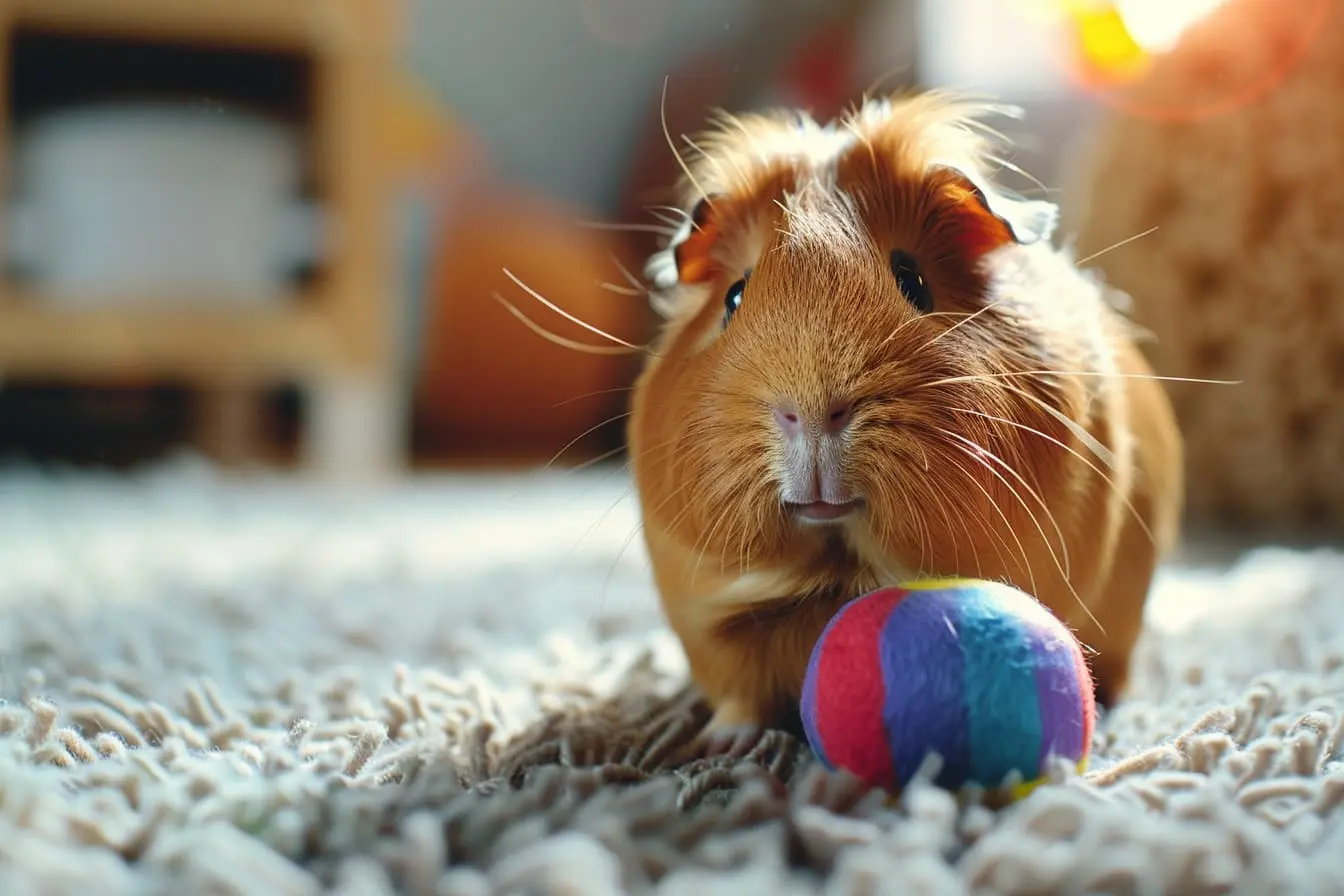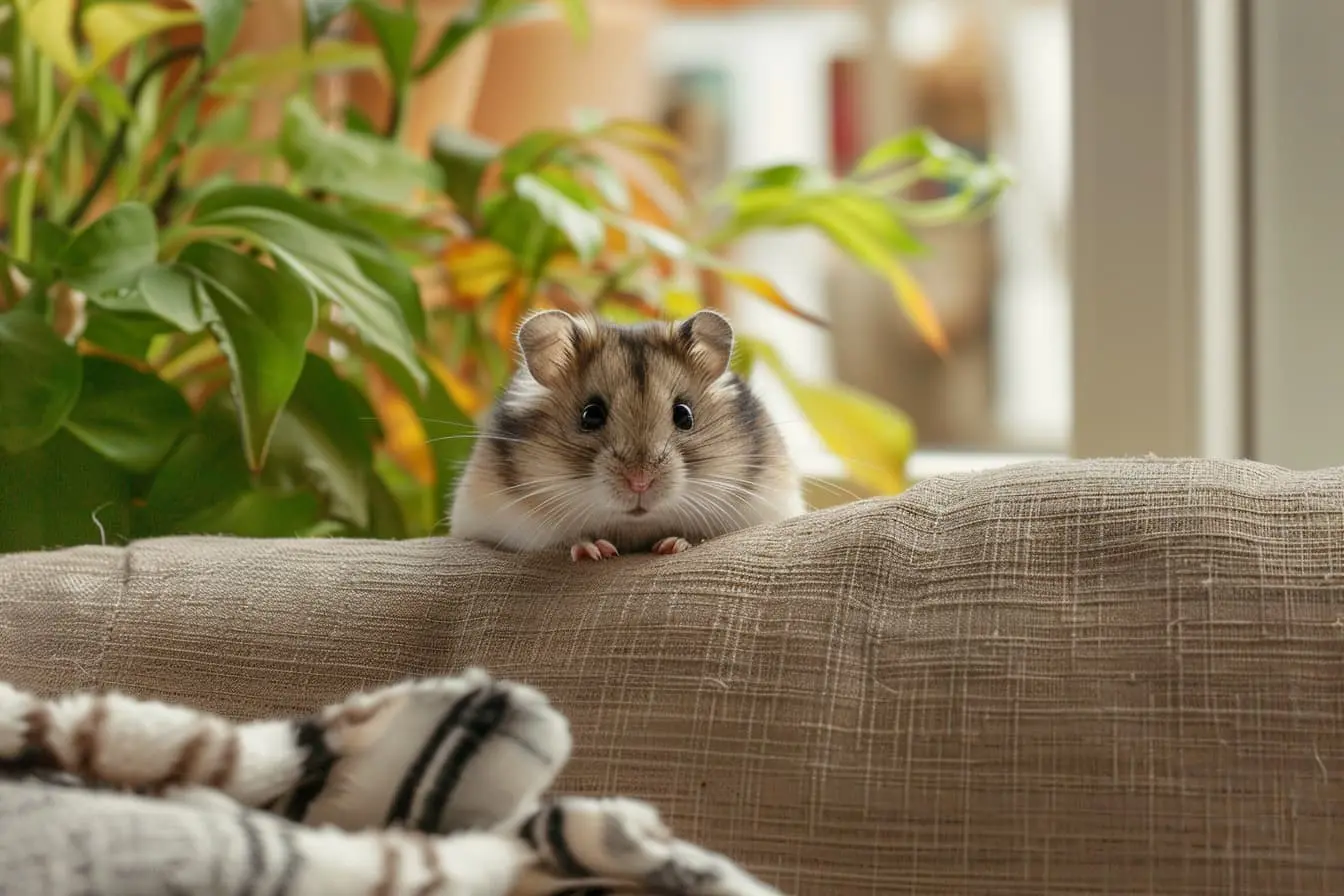
Litter Training Your Rat: A Practical Guide for Pet Owners
Rats are intelligent and clean animals that can be taught a variety of tricks, including how to use a litter tray. Litter training not only makes cleaning easier but also contributes to a healthier environment for your pet. This guide aims to help rat owners through the process of litter training, detailing necessary purchases, considerations to keep in mind, and a step-by-step tutorial.
What You'll Need to Purchase
-
A Litter Tray: Choose a small, shallow tray that's easy for your rat to access. Corner trays are great for saving space in the cage.
-
Rat-Safe Litter: Paper-based or aspen shavings are preferred. Avoid cedar or pine shavings, as they can be harmful to your rat's respiratory system.
-
Treats: Have some treats on hand to reward your rat for using the litter tray correctly.
Considerations Before Starting
-
Age and Temperament: Younger rats typically learn faster than older ones, but rats of any age can be litter trained with patience.
-
Cage Setup: Ensure your rat's cage is spacious enough to accommodate a litter tray without taking up too much living space.
-
Cleanliness: Rats are clean animals and prefer not to relieve themselves where they eat or sleep, so place the litter tray away from these areas.
Step-by-Step Guide to Litter Training
Choose and Place the Litter Tray
Select a suitable tray and fill it with a layer of litter. Place the tray in a corner of the cage that your rat already uses as a bathroom, as rats often choose a specific spot to do their business.
Introduce Your Rat to the Litter Tray
Let your rat explore the litter tray without forcing them into it. Place some of their droppings into the tray to help them understand its purpose.
Encourage and Reward
Whenever you notice your rat using the litter tray, immediately reward them with a treat. This positive reinforcement helps them associate the litter tray with good experiences.
Be Consistent
Consistency is key in litter training. Continue to place droppings in the litter tray and reward your rat for proper use. If you find droppings outside the tray, move them into it to reinforce the desired behaviour.
Maintain Cleanliness
Keep the litter tray clean and change the litter regularly. A dirty tray may discourage your rat from using it. However, leaving a small amount of soiled litter in the tray can help maintain the association.
Additional Tips
-
Multiple Rats: If you have more than one rat, you may need additional litter trays. Monitor their behaviour to determine if this is necessary.
-
Patience and Adjustment: Some rats may take longer to train than others. Be patient and adjust your approach if needed. If one type of litter doesn't seem appealing to your rat, try another until you find what works best.
-
Avoid Punishment: Never punish your rat for accidents. This can lead to stress and fear, making the training process more difficult.
Litter training your rat not only contributes to a cleaner and more pleasant living environment but also enriches your relationship with your pet. It’s a testament to the intelligence and adaptability of rats, and with the right approach, it can be a rewarding experience for both you and your rat. Remember, every rat is unique, and patience, consistency, and positive reinforcement are your best tools for success.
Vets near you
Speciality vets
- Aquatics vet specialists
- Birds vet specialists
- Camelids vet specialists
- Cats vet specialists
- Cattle vet specialists
- Deer vet specialists
- Dogs vet specialists
- Equines vet specialists
- Exotic vet specialists
- Goats vet specialists
- Pigs vet specialists
- Poultry vet specialists
- Sheep vet specialists
- Small Mammals vet specialists
- Wild vet specialists



